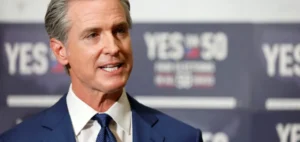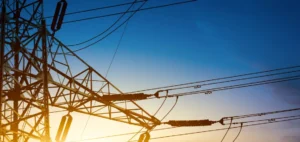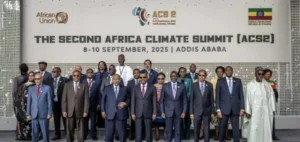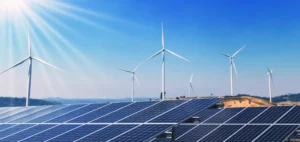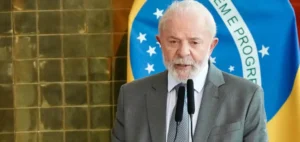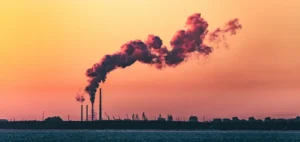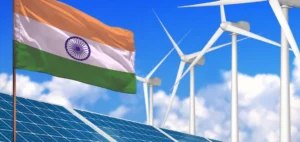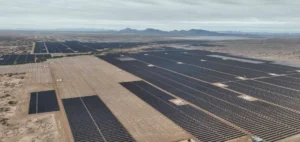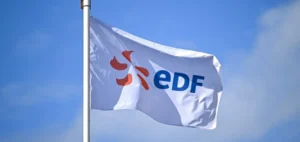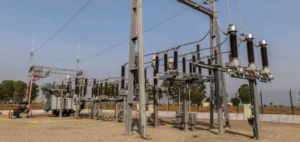The Vietnamese government is intensifying its energy policy to achieve carbon neutrality by 2050, in line with commitments made at COP26. The State has introduced major reforms, including the National Climate Change Strategy to 2050 and several decrees related to the reduction of greenhouse gas (GHG) emissions. These measures provide for the creation of a domestic carbon market and the implementation of sectoral action plans to strengthen industrial competitiveness while diversifying energy sources.
An energy plan focused on resource diversification
The revision of the National Power Development Plan (PDP VIII) marks a key stage in Vietnam’s energy transition. Renewable energy already accounted for 16% of total national electricity generation in the first quarter of 2025, complemented by 19.1% from hydropower. PDP VIII emphasises the expansion of solar, wind, and biomass energy, while integrating new technologies such as geothermal and waste-to-energy. The goal is to cap emissions from the electricity sector at 170 million tCO2e by 2030 while ensuring grid stability.
A consolidated regulatory base for the carbon market
Decree 119/2025/ND-CP and related institutional reforms establish the foundation for a national carbon market. A pilot programme for the allocation of emission quotas and carbon credits, focused on the electricity sector, has been launched to promote transparency and stimulate private investment. These initiatives aim to create a carbon price signal, mobilise international financing, and accelerate technological innovation within energy industries.
Financing remains the key challenge
According to the World Bank, Vietnam will need to mobilise approximately $368 billion by 2040 to meet its climate objectives, including $135 billion required to implement PDP VIII by 2030. As part of this effort, the country is actively participating in the Just Energy Transition Partnership (JETP), through which it has secured an initial $15.5 billion package. This initiative supports 44 projects currently under evaluation, representing a capital demand exceeding $10 billion.
Persistent implementation obstacles
Administrative delays and the complexity of international partnerships continue to slow JETP implementation. National research and development (R&D) capacities remain limited, particularly in carbon capture and storage (CCS), advanced renewable technologies, and industrial waste treatment. Moreover, many local companies lack the resources needed to comply with new monitoring and emission reduction standards.
An energy policy under growth pressure
Vietnam’s economy remains heavily dependent on fossil fuels and export-oriented manufacturing, creating tension between growth imperatives and transition objectives. However, the consistency of its regulatory framework and the increase in international financial partnerships confirm the country’s determination to anchor its energy policy in a sustainable and competitive long-term trajectory.



